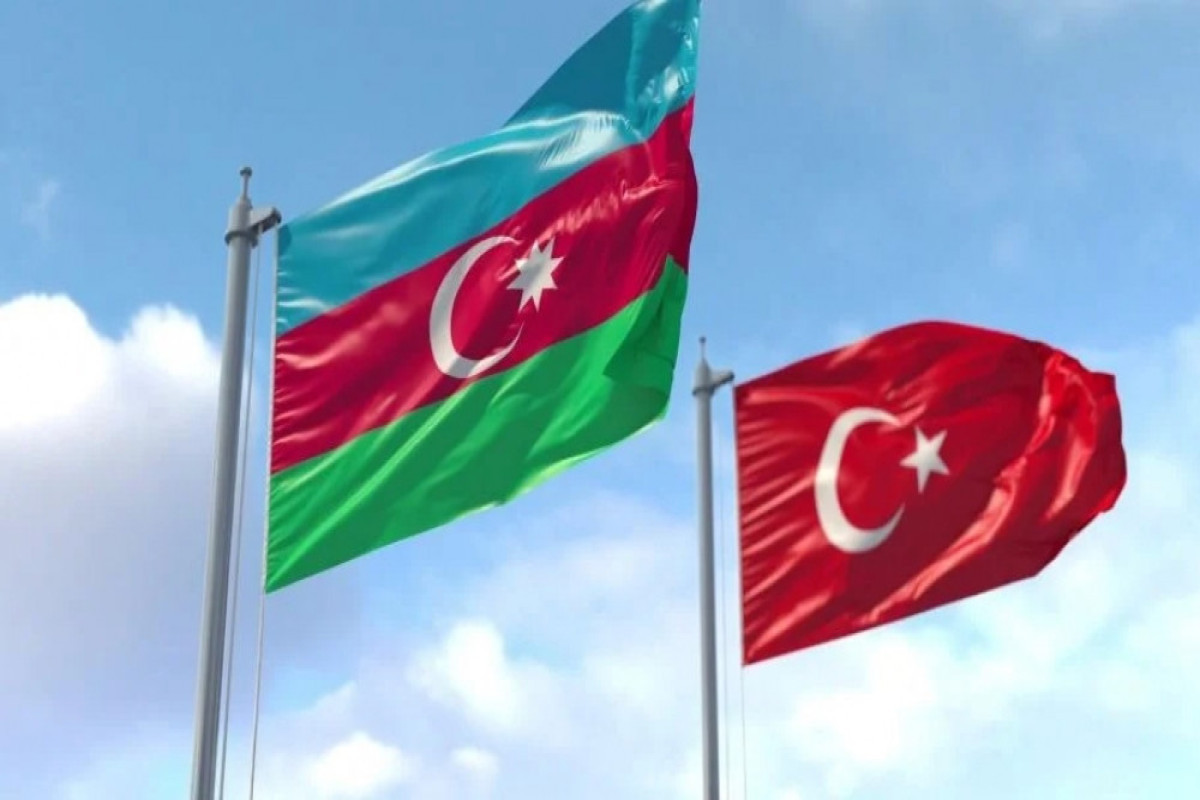The agreement by the International Bank for Reconstruction and Development's (IBRD) shareholders to increase its subscribed capital will improve capitalisation metrics and boost its capacity to lend to developing countries, Fitch Ratings says.
World Bank president Jim Yong Kim said on Saturday that IBRD shareholders had agreed to increase paid-in capital by USD7.5 billion, and callable capital by USD52.6 billion, pending final approval by the board and shareholders. Based on the structure of the previous capital increase, Fitch assumes that paid-in capital contributions will be spread over five years from 2019.
Fitch’s affirmation of the IBRD's rating of 'AAA'/Stable on 6 February reflected their view that the bank would maintain an equity/assets and guarantees ratio above 15% (a 'strong' level, as set out in our Supranationals Rating Criteria): ‘We now forecast an improved equity/assets ratio above 15.5% by 2021, compared with a projection of 15.2% at the time of the affirmation, when we felt that capitalisation would be supported by slow lending growth and rising US interest rates’.
‘The capital increase does not fully reverse the deterioration in the IBRD's equity/assets and guarantees ratio, which dropped to 15.4% last year from 18.2% in 2015, reflecting lending growing faster than capital. But it will reduce reliance on external factors, such as interest rates, which help determine the actuarial performance of the IBRD's pension plan, and it will also support lending. We think loan disbursements in 2018-2021 will gradually rise and exceed the annual level of USD20.1 billion seen in 2014-2016, after dipping to USD17.8 billion in 2017.
While lending will increase, we expect the bank's conservative liquidity limits, which require full coverage of its expected 12-month cash commitments, to cap the magnitude of additional lending enabled by the capital increase. We view the IBRD's liquidity profile as excellent, as evidenced by its coverage of short-term debt service by liquid assets of 1.8x in 2017.
The IBRD transfers to the International Development Association (IDA), which provides loans and grants to the low-income countries, averaged USD610 million a year in 2015-2017. In 2017, the IBRD's board of directors approved a formula-based approach for determining its transfers to the IDA, which links transfers to allocable income. The IDA has also started to issue market debt, limiting its reliance on contributions from the IBRD. As a result we expect IBRD transfers to reduce in the medium term. Combined with rising interest rates, this should help strengthen the IBRD's internal capital generation, which we forecast at 3% a year in 2018-2021, further supporting capitalisation metrics’.






